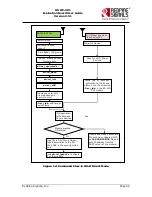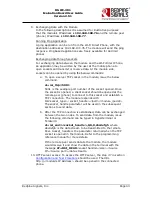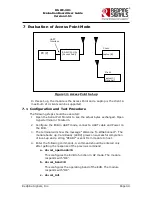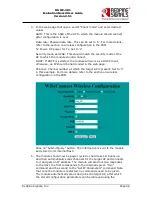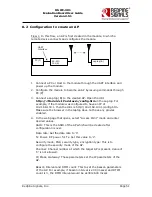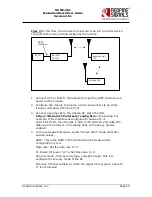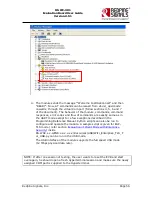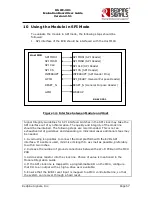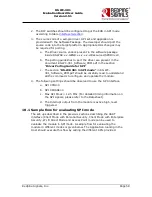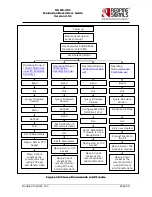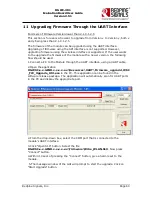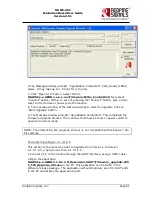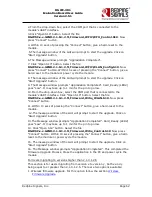
Redpine Signals, Inc.
Page 49
R
R
S
S
-
-
W
W
C
C
-
-
3
3
0
0
1
1
E
E
v
v
a
a
l
l
u
u
a
a
t
t
i
i
o
o
n
n
B
B
o
o
a
a
r
r
d
d
U
U
s
s
e
e
r
r
G
G
u
u
i
i
d
d
e
e
V
V
e
e
r
r
s
s
i
i
o
o
n
n
2
2
.
.
5
5
1
1
command
at+rsi_cfgget
. If the auto-connect feature needs to be
disabled, issue the command
at+rsi_cfgenable=0
. Refer to the PRM
for more details on these commands.
Flow 2: In this flow, the module is connected to an AP. A remote device
connects to the same AP and configures the module.
1.
Connect a PC or Host to the module through the UART interface and
power up the module.
2.
Configure the module to become a client and connect to an AP as
described in section Evaluation of Client Mode with Personal Security.
3.
Connect a Laptop (B) to the same AP. Open the URL
http://<Module’s IP address>/config.htm
in the Laptop. For
example, if the module was configured to have an IP of
192.168.100.20, then the URL is http://192.168.100.20/config.htm.
Make sure the browser in the laptop does not have any proxies
enabled.
4.
In the web page that opens, select “Client mode” and enter desired
values.
SSID: This is the SSID of the AP to which the module should connect
after configuration is over.
Data rate: Physical data rate. This can be set to „0‟. For more details,
refer to the section on wireless configuration in the PRM.
Tx Power: RF power for Tx. Set this to „2‟.
Security mode and PSK: This should match the security mode of the
AP to which the module should connect.
PC (P)
RS-WC-
301(A)
UART
Interface
Access Point
(C)
Laptop (B)








